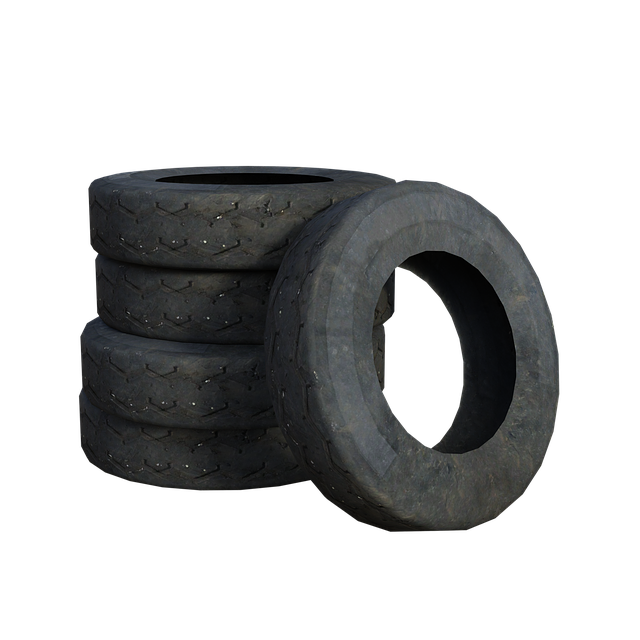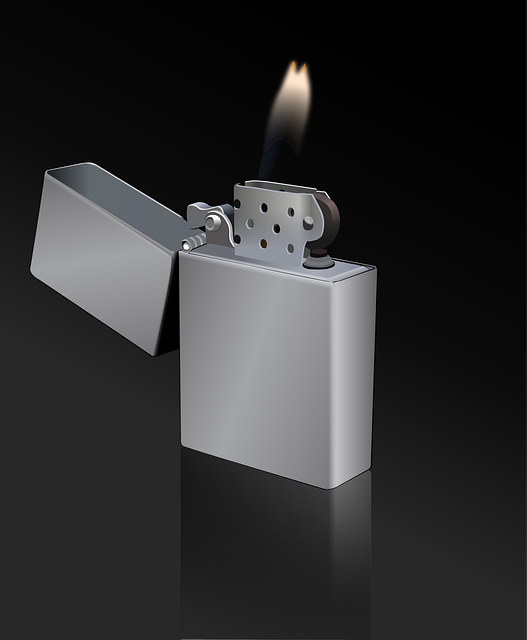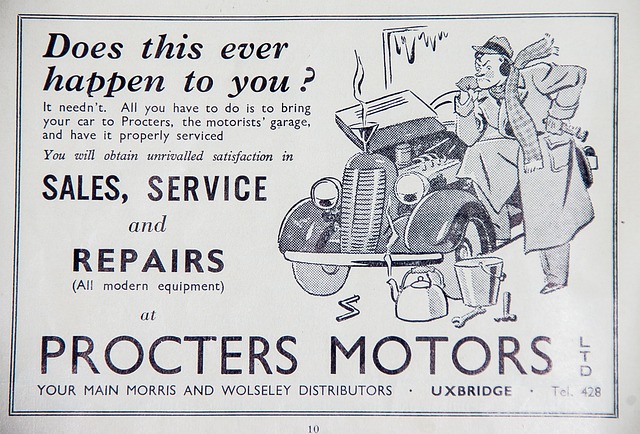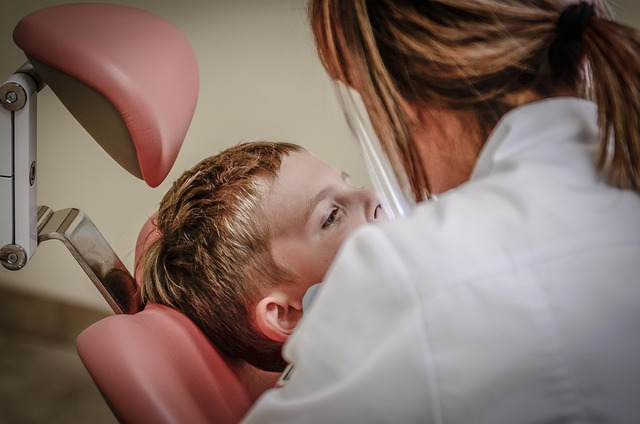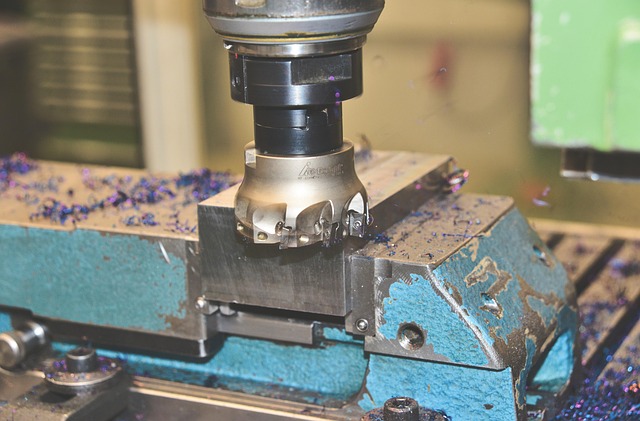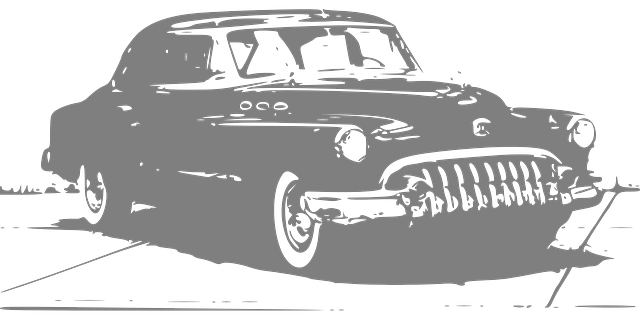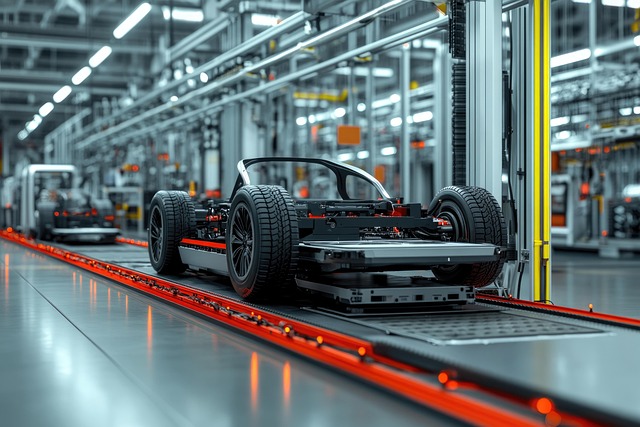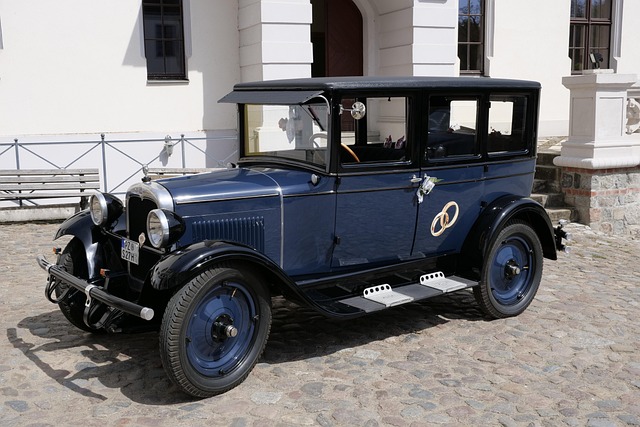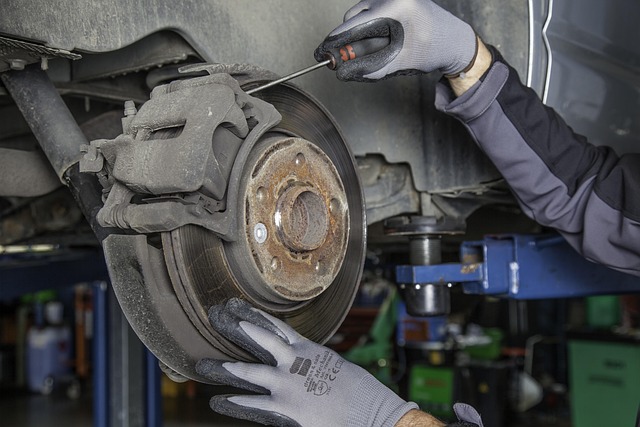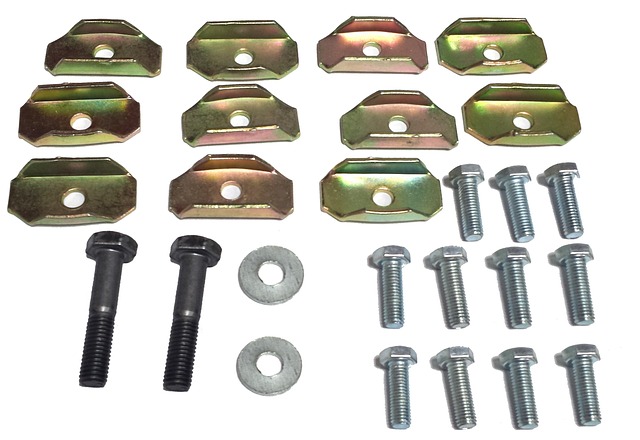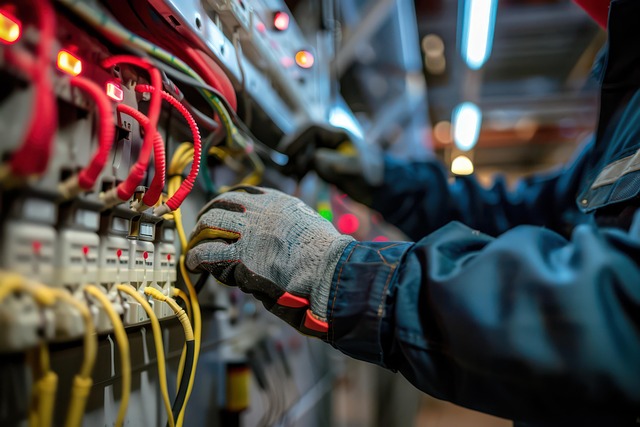Plastic welding and adhesive bonding are key techniques for automotive body repairs, each offering unique advantages. Plastic welding, including ultrasonic, hot gas, and solvent methods, excels in complex shapes and tight spaces but can cause thermal distortion. Adhesive bonding, leveraging powerful adhesives, provides stronger, more flexible joints, preserving intricate shapes and material combinations, and offering design freedom. The choice between the two depends on material, repair complexity, and desired finish, with both techniques delivering high-quality results for collision repairs involving plastic components.
In the realm of auto repairs, choosing the right technique between plastic welding and adhesive bonding is crucial for both structural integrity and aesthetic appeal. This article delves into these two distinct methods, exploring their unique techniques, advantages, and applications in collision repair. Understanding when to employ each approach can significantly impact the quality and longevity of vehicle restoration, especially with the increasing use of plastics in modern automobiles.
- Understanding Plastic Welding: Techniques and Advantages in Auto Repairs
- Adhesive Bonding: An Alternative Approach for Improved Strength and Flexibility
- Comparative Analysis: When to Choose Plastic Welding vs Adhesive Bonding in Collision Repair
Understanding Plastic Welding: Techniques and Advantages in Auto Repairs

Plastic welding is a specialized technique used extensively in modern automotive repairs, particularly for fixing plastic components. In a collision or after years of wear and tear, a vehicle’s plastic parts may sustain damage, requiring precise restoration to ensure structural integrity and aesthetic appeal. This process involves joining two or more pieces of plastic using heat, pressure, or chemical agents.
Automotive body shops employ various methods, including ultrasonic welding, hot gas welding, and solvent welding, each offering unique advantages. Ultrasonic welding, for instance, is renowned for its speed and precision in creating strong bonds on complex geometries. Hot gas welding utilizes heated gas to fuse plastics, suitable for larger, more straightforward repairs. Solvent welding introduces a chemical adhesive that creates a bond upon evaporation, efficient for joining various plastic types. These techniques empower automotive professionals to provide high-quality collision repair services, restoring vehicles to their former glory.
Adhesive Bonding: An Alternative Approach for Improved Strength and Flexibility
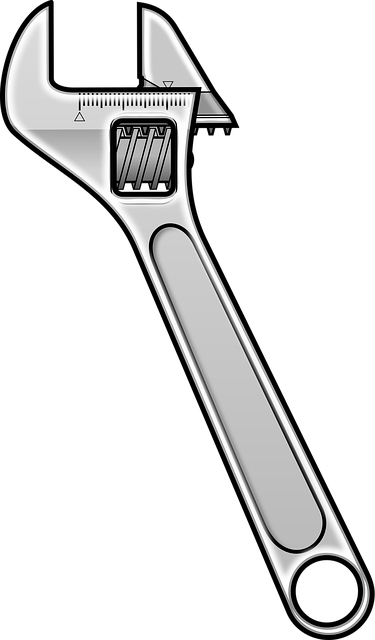
Adhesive bonding presents a compelling alternative to traditional plastic welding in auto body repairs. This method uses powerful adhesives to join plastic parts, offering several advantages that can enhance both strength and flexibility. Unlike plastic welding, which often involves high heat and pressure, adhesive bonding allows for a more precise and controlled joining process, leading to less thermal distortion and potential warping of components.
Moreover, adhesives provide excellent bond strength while enabling greater design freedom. In the context of car damage repair or vehicle body shop work, this flexibility is valuable when restoring complex plastic parts. Adhesive bonding can accommodate intricate geometries and unique material combinations, ensuring that repaired sections match the original vehicle’s specifications closely. This approach contributes to a more seamless restoration, preserving the vehicle’s aesthetic appeal and structural integrity.
Comparative Analysis: When to Choose Plastic Welding vs Adhesive Bonding in Collision Repair

In the realm of collision repair, choosing between plastic welding and adhesive bonding for auto bodywork is a critical decision that influences both the structural integrity and aesthetic appeal of the vehicle. Plastic welding, a proven technique in the industry, offers unparalleled strength and longevity for joining plastics used in modern vehicles. It’s particularly advantageous when dealing with complex geometric shapes and tight spaces within the vehicle body shop. The process involves melting and fusing the plastic surfaces to create a seamless bond, ensuring minimal thermal impact on surrounding materials.
On the other hand, adhesive bonding presents itself as a versatile alternative that provides excellent flexibility and reduced cycle times during auto dent repair. Modern adhesives designed for automotive applications offer strong bonds that rival traditional welding methods, especially in joining different types of plastics. This makes it an appealing choice for various auto bodywork scenarios, where aesthetics and lightweight construction are paramount. When deciding between these two techniques, consider factors like the specific material being repaired, the complexity of the repair, and the desired finish to ensure the best outcome for your vehicle body shop.
In the realm of auto repairs, choosing between plastic welding and adhesive bonding depends on specific requirements. While plastic welding excels in structural integrity and durability for certain plastic components, adhesive bonding offers enhanced flexibility and strength in other scenarios. For collision repair professionals, understanding these techniques allows them to make informed decisions, ensuring optimal results in restoring vehicles to their pre-accident condition. Both methods have their places in modern workshops, catering to diverse needs within the ever-evolving automotive industry.
